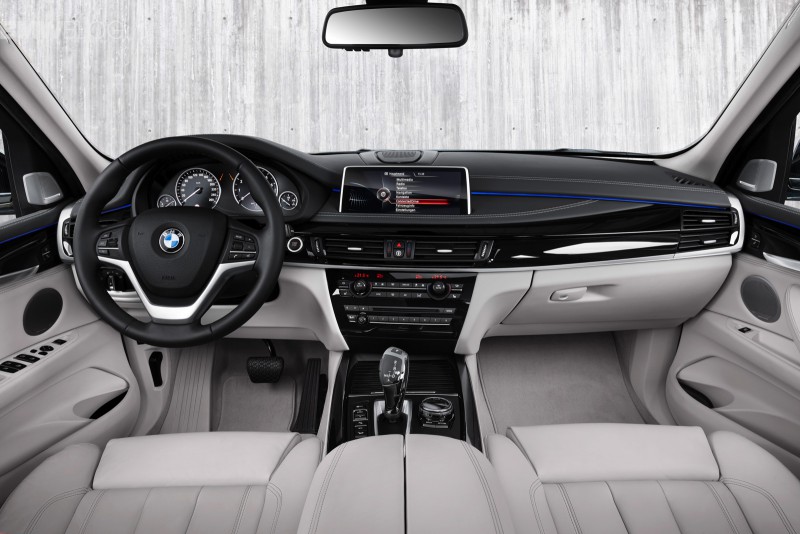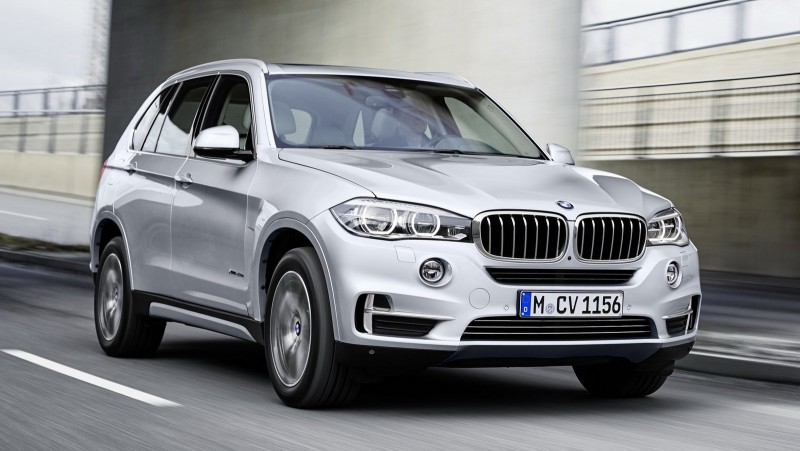Rather buy a quick, much more frugal upmarket turbo diesel for far less – and you don’t even have to plug it in.

The BMW is hooked up with a synchronous electric motor integrated in the vehicle’s eight-speed Steptronic transmission| The Volvo XC90 T8 rear wheels are powered by the Electric Rear Axle Drive system, which sees an electric motor fed by a 9.2 kWh Lithium-ion battery pack.
At this writer’s age, learning new tricks is not easy.
I hail from an era when computers were huge things, used by the Americans to send rockets into outer space, telephones were attached to desks and satellites were things the Russians used to allegedly spy on the western world.
Car electronics were confined to spark plugs, a distributor, an alternator and a coil, with any thoughts of combining computers with transportation instantly dismissed as Superman comic hogwash.
Just 50 years later, car electronics are as complicated as those found in jet aircraft, and progressive thinking would kill off the internal combustion engine as soon as possible.
The idea is to save the planet, via a clamp-down on exhaust emissions, and the diminished use of crude oil. Both BMW and Volvo have recently launched plug-in hybrid production vehicles on these shores – in both cases Sports Utility Vehicles, using a combination of petrol and electric motors.
ALSO READ: This is how much the new Volvo S90 will cost
The BMW X5 xDrive40e looks like any vehicle in the X5 range, and boasts everything that one could possibly want in a luxurious, top of the line SUV. Likewise the Volvo XC90 T8 Twin Engine. For the purpose of this story, we will refrain from listing the facts that both have awesome interiors, superb safety features, sublime comfort, concert-hall quality sound systems and proper off-roading capability. We shall stick to the things that make the two vehicles unique.
The BMW has a two-litre four-cylinder in-line petrol engine with a twin scroll turbocharger, high precision injection, and variable valve timing.
It develops 180 kW of power at between 5 000 and 6 500 rpm, plus maximum torque of 350 Nm at between 1 250 and 4800 rpm.
This is hooked up with a synchronous electric motor integrated in the vehicle’s eight-speed Steptronic transmission. The motor yields 83 kW of power at 3 170rpm, and 250 Nm of torque.
Together, that gives this BMW X5 230 kW of power and 450 Nm of torque, transmitted to the wheels via permanent all-wheel drive.
All of which transports into serious performance, with a top speed of 210 km/h, and
0 to 100 km/h acceleration figure of 6,8seconds.
BMW says the intelligent hybrid powertrain control ensures the engine and the electric motoract in unison to optimise fuel efficiency and performance.
Regardless of the setting chosen, the power stemming from both drive sources is permanently transmitted to the road via the intelligent all-wheel-drive system, BMW xDrive.
The various vehicle set-ups that can be selected with the Driving Experience Control switch – Comfort, Sport and ECO PRO – are also available in all drive modes.
The energy for the electric motor is drawn from a lithium-ion battery, which also supplies power to the low-voltage battery for the 12V electrical system aboard the BMW X5 xDrive40e via a voltage transformer. The battery, housed underneath the luggage compartment floor, can be recharged by connecting to any standard domestic power socket.
To this end, the car has a bag in the boot, from which one can take a thick electrical cable, with a household plug on the one end, and a plug for the car on the other.
Initially, this was novel, but after loading it two nights in a row, I reflected that having to plug a hugely expensive vehicle into a wall plug every day would become tiresome rather quickly.
That apart, loading the battery overnight only added 31 kilometres to the vehicle’s range – finished, in my daily trip to work, from Alberton to Maraisburg.
The BMW X5 xDrive40e comes at an asking price of R1 137 000.
The Volvo XC90 T8 Twin Engine plug-in hybrid is, as its name suggests, powered by two engines. A conventional internal combustion powerplant is employed up front, with a two-litre four-cylinder turbocharged and supercharged petrol engine driving the front wheels. It provides 235 kW of power and 400 Nm of torque, fed to the wheels via an eight-speed Geartronic automatic gearbox.
The rear wheels are powered by the Electric Rear Axle Drive system, which sees an electric motor fed by a 9.2 kWh Lithium-ion battery pack for an additional and on demand 65 kW and 240 Nm.
It integrates seamlessly with the internal combustion engine and bestows the XC90 T8 Twin Engine with a pure-electric range of up to 43 km.
A Crank-Integrated Starter Generator, located between the engine and the gearbox, performs three important functions. Firstly, it is a powerful 34 kW starter motor which allows the car to alternate seamlessly between pure electric and hybrid driving.
Secondly, it acts as a powerful electric generator to recharge the battery pack, and thirdly as an electric engine-booster.
Performance figures are astounding – the 0 to 100 km/h sprint is completed in 5.6 seconds and the top speed is 230 km/h.

.
Like the BMW, the Volvo has a cable, used to charge the battery pack overnight. Again, we did not bother after two nights – the charge only lasted 34 kilometres, and made no noticable difference to the vehicle’s performance.
We opted to settle for the car’s generator, plus the blended braking system, which uses brake-bywire technology to recover and transmit energy back into the car, either to recharge the battery or for immediate use.
As tested, the Volvo XC90 T8 Twin Engine AWD Inscription Geartronic comes at a cost of R1 092 100.
All of which brings us to a rather unfortunate conclusion.
BMW claims an average fuel consumption figure of 3,4 litres per 100km for their X5 xDrive40e.
Volvo claims an average figure of 2,1 litres per 100km for their XC90 T8 Twin Engine.
Both claims have the credibility of an ANC election promise.
We tried to drive both cars as economically as possible, coasting wherever possible, never pushing the accelerator hard and using electrical power as far as possible.
The results – an overall usage figure of 10,1 litres per 100km for the BMW, and 10,3 litres per 100 km for the Volvo.
Which begs the question – why would anybody want to add the complications of a hybrid car to their lives?
If you are bent on saving the planet by using less fuel, buy an upmarket turbo diesel vehicle, which will give you much better fuel consumption and just about the same performance, at a lower asking price.
Download our app









